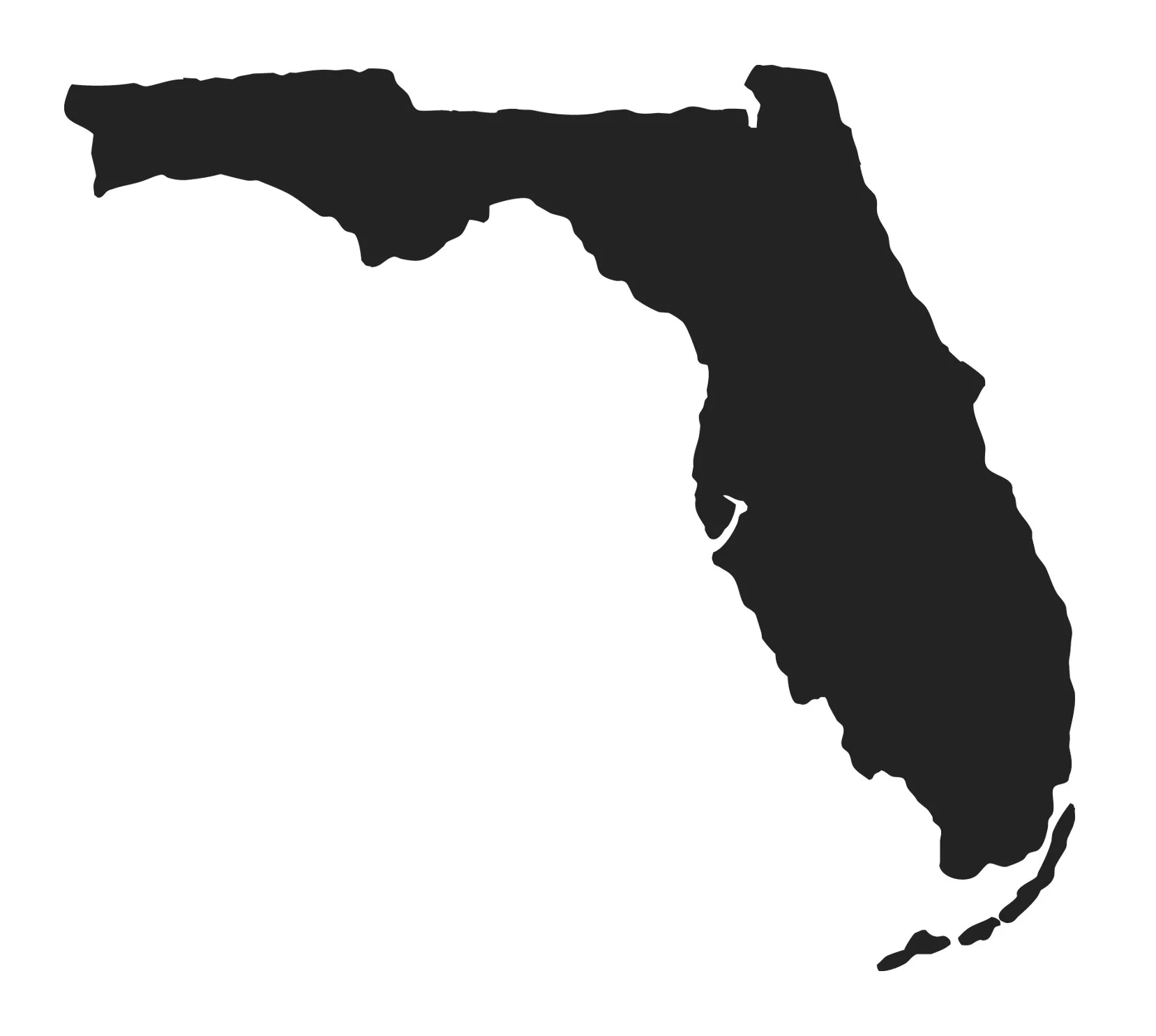If you are looking for a Florida personal injury lawyers, consider hiring Florida personal injury attorneys from Eltringham Law Group to represent you.
A personal injury can be any bodily, mental, or emotional harm needlessly inflicted on you as the result of another’s carelessness or unreasonably dangerous conduct, which is broadly referred to as “negligence” under Florida law.
Personal injuries are often caused by another person’s negligence. Has one happened to you? A personal injury victim can often make a claim for money damages to compensate them for a wide variety harms & losses suffered as a result of someone else’s negligent conduct.
Florida personal injury law can be very complicated to individuals and families, and you should therefore always hire an experienced Florida personal injury lawyer to help you get the maximum financial compensation you deserve for your injuries.
We are 100% committed to getting our personal injury clients the maximum financial justice available under the specific circumstances of their legal case. We never, ever settle for less! We are likewise 100% committed to delivering a top-notch client service experience which emphasizes regular and frequent communication so you always know exactly what’s going on in your personal injury case.
Contact our Florida personal injury law firm to get started with your case now!
Common Florida Personal Injury Cases
There are several types of claims that are considered personal injuries. The Florida personal injury lawyers at Eltringham Law Group represent injured victims in these types of cases and more:
- Auto and traffic accidents: Florida’s roads and highways are filled with unsafe drivers that are causing accidents every day by blatantly disregarding the rules of the road. So if you’ve been hurt or injured by one of these bad drivers, you may be able to pursue a claim with their insurance company, employer, or other legally responsible entity for monetary damages.
- Slip and falls: Both commercial and residential property owners are responsible for keeping their property safe and free of dangerous or hazardous conditions on the premises. If you’re a customer or guest that’s been injured, you may be entitled to compensation.
- Medical malpractice: We trust that our doctors will always deliver the best possible care and medical treatment in every situation. But when doctors make mistakes, the consequences for the patient and their family members can be devastating. Medical negligence can even sometimes result in death or catastrophic injury, resulting in a lifetime of pain and medical expenses. This can easily wipe our your life savings in a very short time. If you think that you’re the victim of medical negligence, you may be entitled to financial compensation from the doctor, hospital, or any other medical professional that hurt you.
- Defective/Unsafe products: Consumer products sold on the market must be safe for their intended use by the consumer. Generally, there are three types of product defects that can lead to financial responsibility by manufacturers and suppliers:
- Design defects or flaws in the product are “inherent”, meaning that the basic underlying design is faulty and unsafe and existed before the product was manufactured. Defects occur throughout the entire production.
- Manufacturing defects occur during the construction or production of the item. Such defects are limited to just a few of the products coming off the line or other production process.
- Defects in marketing are typically a failure to warn the consumer of potential danger or increased risk in using the product. These defects are not readily apparent or observable to the injured victim.
- Dog bites: Under Florida law, a dog owner is 100% legally responsible to restrain their dog from biting you or doing anything else that harms another. For example, the dog owner will be liable if his dog chases you while off the leash and causes you to fall and get hurt. It is important to contact and hire a Florida personal injury lawyer right away if you have been harmed or injured by a dog.
- Vacation rental accidents: Vacation rentals must be safe for guests. They should be well-cared for so as not to cause an injury, and they should have security features available to prevent acts of crime. If the rental is not safe and an incident occurs, the property owner may be liable for damages.
Types of Personal Injuries
Personal injury victims and their families come to us after suffering serious bodily harm. These injuries include:
- Disc herniations & bulging discs
- Shoulder & knee injuries
- Whiplash
- Amputations
- Broken bones
- Paralysis
- Spinal cord injuries
- Head injuries
- Brain damage (often referred to as TBI)
- Burns
- Organ damage
- Post Traumatic Stress Disorder
- Dog bites & lacerations
How Do You File a Personal Injury Claim?
The first step in filing a personal injury claim in Florida is to notify the at-fault party’s insurance company in writing. You will also need to gather records evidencing the cost of medical treatment and property damage resulting from the incident.
If it was an auto or other traffic accident and the negligent driver was uninsured or underinsured, you may potentially file an uninsured or underinsured motorist (UM) claim against your own insurance company. In order to make a UM claim, however, your automobile insurance policy must include uninsured or underinsured motorist coverage. You cannot purchase UM insurance after the accident has already occurred.
If the accident was relatively minor, the victim’s personal injury protection (PIP) policy may be enough to cover their medical expenses. However, more often than not the PIP benefit amount is insufficient to cover your medical expenses and you will need to make a bodily injury claim against the insurance company of the bad driver that hit you. In that case, you may want to call in an experienced injury lawyer in Florida like Eltringham Law Group.
Insurance companies tend to make the lowest payouts possible. They may claim the incident was not that bad or twist your words, so it seems like you were responsible for the incident.
The fact is, national studies show that injured victims with experienced personal injury lawyers obtain average net settlements that are at least three times higher than personal injury victims representing themselves. Those who are represented by an attorney take home a greater amount after medical expenses, attorney’s fees and costs.
From what our firm sees, we think that number is probably much, much higher here in Florida. So whatever you do, do not go it alone. Our Florida personal injury lawyers have decades of experience dealing with insurance companies so you get every penny you’re entitled to under Florida personal injury law, never less!
By having a Florida personal injury lawyer from the start, we will represent you in discussions with the insurance companies, so your words are never taken out of context. Our team handles the negotiations, the interviews with witnesses, and preparations for court should a case fail to settle outside of it.
What Type of Compensation is Available for a Personal Injury in Florida?
The compensation a person may collect after a personal injury occurs will vary depending on their personal and professional situation. This may include:
- Medical expenses (past & future): Medical expenses will cover care needed directly after the accident and any ongoing or future care needs.
- Lost wages (past & future): You may be compensated for wages lost due to taking time off work to recover from your injuries. And you may also receive compensation to the extent that you have suffered a loss of earning capacity in the future as a result of your injuries.
- Residential modifications: If you were severely injured in a personal injury incident, you might have to make residential modifications to your home to accommodate a disability. The expenses for these modifications may be covered in your damages.
- Non-economic damages: these are personal damages for pain and suffering, mental anguish, emotional distress, disability, disfigurement, scarring, loss of consortium, and, perhaps most significantly, “loss of enjoyment of life” to name a few.
- Punitive damages: Punitive damages don’t typically apply in most personal injury cases but they are often brought to the table where the injury causing incident occurred during the commission of crime (e.g., DUI accidents) or some other especially intentionally bad or grossly negligent conduct.
- Wrongful death: If the victim dies as a result of a personal injury incident their family members may bring a civil claim for emotional pain and suffering, a loss of financial support, funeral and burial expenses, and more.
Florida Personal Injury Case FAQs
How much does a Florida personal injury lawyer cost?
Most personal injury lawyers will work on a contingency fee basis. This means they will be compensated out of the damages they recover. So, they won’t see any money unless they help you win your case. Contact our Florida personal injury attorneys today if you ave questions related to costs.
What is the statute of limitations for personal injuries in Florida?
In most cases, injury victims in Florida have up to four years to file a lawsuit and seek compensation for a personal injury incident.
However, professional malpractice claims against a doctor, hospital, or any other medical provider must be filed within just two years of the injury date. Moreover, there are very special requirements that must be met in order to timely file a medical negligence lawsuit. Due to the unusual complexity of Florida’s medical negligence laws, it is absolutely essential to hire an experienced personal injury attorney ASAP if you think or suspect that you might have been harmed or injured by a doctor, hospital, or any other medical provider.
In all personal injury cases we strongly recommend hiring an experienced personal injury attorney as soon as possible after the incident that harmed or injured you.
What is the statute of limitations for personal injuries in Florida?
In most cases, injury victims in Florida have up to four years to file a lawsuit and seek compensation for a personal injury incident.
However, professional malpractice claims against a doctor, hospital, or any other medical provider must be filed within just two years of the injury date. Moreover, there are very special requirements that must be met in order to timely file a medical negligence lawsuit. Due to the unusual complexity of Florida’s medical negligence laws, it is absolutely essential to hire an experienced personal injury attorney ASAP if you think or suspect that you might have been harmed or injured by a doctor, hospital, or any other medical provider.
In all personal injury cases we strongly recommend hiring an experienced personal injury attorney as soon as possible after the incident that harmed or injured you.
How long will my personal injury case take?
There is no one answer to this question. Every single personal injury case is different and the length of time it will take to resolve your case depends on numerous factors often far outside of the personal injury lawyer’s control.
Such factors can include but are not limited to: difficulty determining fault or numerous legally responsible parties, the nature and severity of injuries, length of necessary medical treatment, amount of available insurance coverage on the loss, and the court backlog due to COVID-19 closures.
Contact Florida Personal Injury Lawyers Today at Eltringham Law Group
Having experienced Florida personal injury attorneys by your side can make a world of difference in the success of your case. Let our high level of expertise and our deep sense of care and compassion guide your financial compensation and recovery. We will fight relentlessly on behalf of you or your family member. Get in touch with one of our Florida personal injury lawyers today.
A personal injury can greatly reduce the quality of life, so don’t let at-fault parties get away with it. Call the Eltringham Law Group today!





